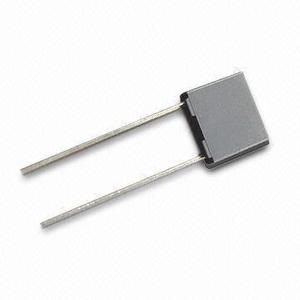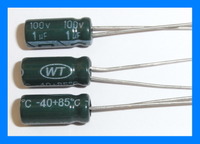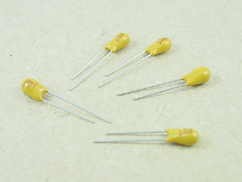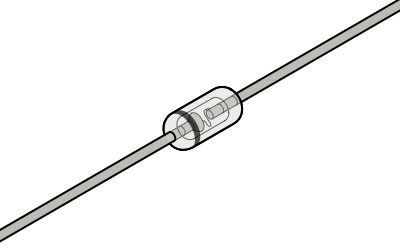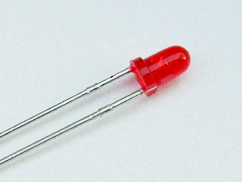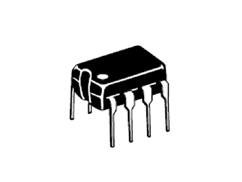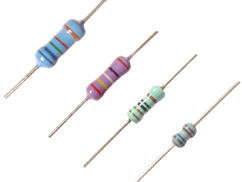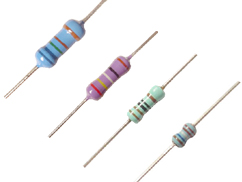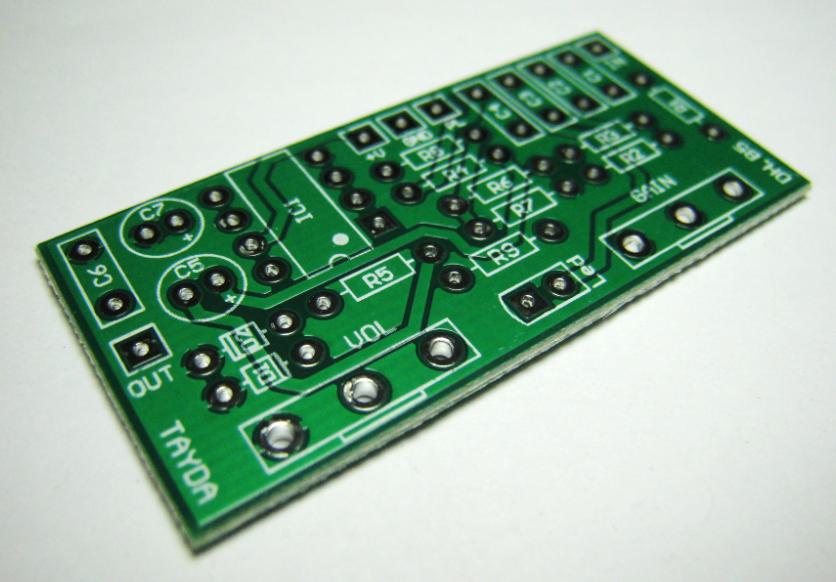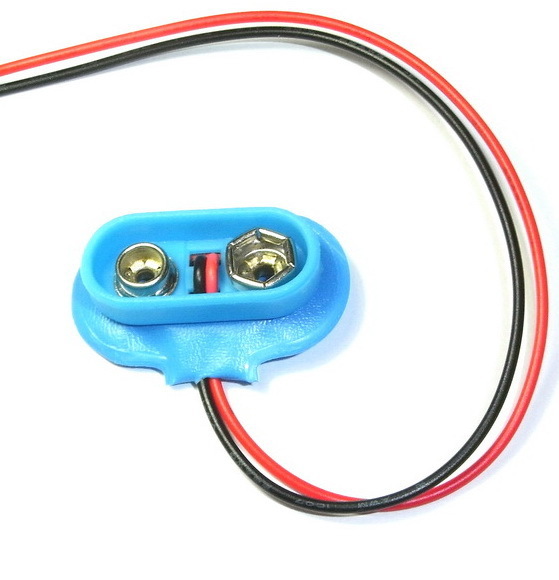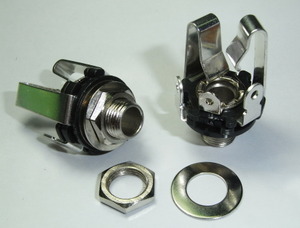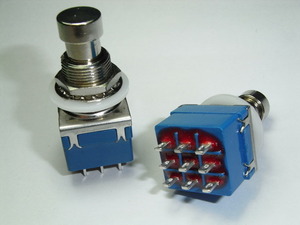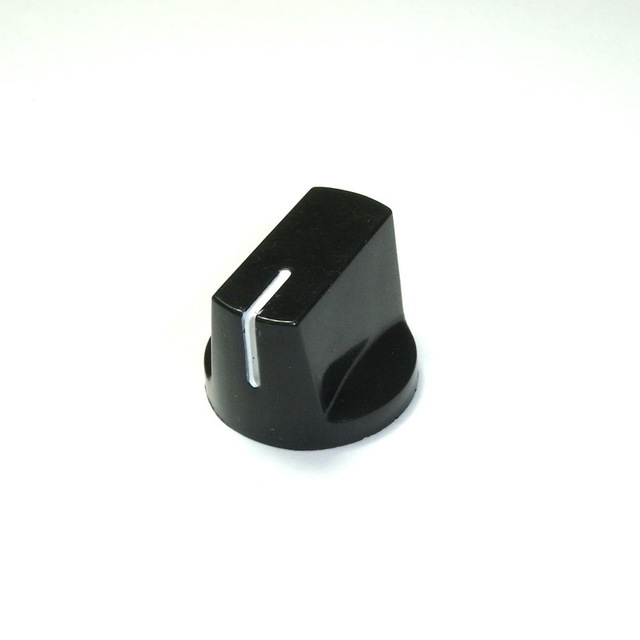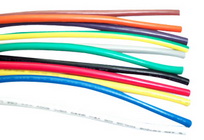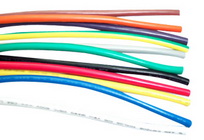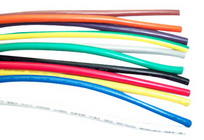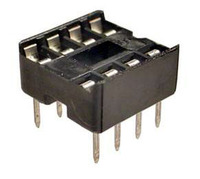Distortion Plus
The Distortion + is one of the DIY pedal classics. It has the ability to generate a great tone range from overdrive to distortion.Steps
Categories
Status: Active
Designators and components Step 2 of 5
COMPONENT LIST
PCB
PCB DISTORTION PLUS DIY PCB GUITAR EFFECT
Capacitors
C1 1n 1NF 0.001UF 100V 5% POLYESTER FILM BOX TYPE CAPACITOR
C2 10n 10NF 0.01UF 100V 5% POLYESTER FILM BOX TYPE CAPACITOR
C3 47n 47NF 0.047UF 100V 5% POLYESTER FILM BOX TYPE CAPACITOR
C4 10p 10PF 50V MULTILAYER MONOLITHIC CERAMIC CAPACITOR
C5 1u 1UF 50V RADIAL TANTALUM CAPACITOR
C6 1n 1NF 0.001UF 100V 5% POLYESTER FILM BOX TYPE CAPACITOR
C7 1u 1UF 100V 105C RADIAL ELECTROLYTIC CAPACITOR 5X11MM
Diodes
D1 1N270 1N270 GERMANIUM DIODE DO-7
D2 1N270 1N270 GERMANIUM DIODE DO-7
IC
IC1 TL071 TL071 OPERATIONAL AMPLIFIER J-FET PDIP-8 TL071CP
(IC1 Socket 8 PIN DIP IC SOCKET ADAPTOR)
Resistors
R1 1M 1M OHM 1/4W 1% METAL FILM RESISTOR ROYAL OHM
R2 10k 10K OHM 1/4W 1% METAL FILM RESISTOR ROYAL OHM
R3 4.7k 4.7K OHM 1/4W 1% METAL FILM RESISTOR ROYAL OHM
R4 1M 1M OHM 1/4W 1% METAL FILM RESISTOR ROYAL OHM
R5 10k 10K OHM 1/4W 1% METAL FILM RESISTOR ROYAL OHM
R6 1M 1M OHM 1/4W 1% METAL FILM RESISTOR ROYAL OHM
R7 1M 1M OHM 1/4W 1% METAL FILM RESISTOR ROYAL OHM
R8 1M 1M OHM 1/4W 1% METAL FILM RESISTOR ROYAL OHM
Potentiometers
VOL 100k-A 100K OHM LOGARITHMIC TAPER POTENTIOMETER
GAIN 500k-C 500K OHM C500K 500KC ANTI-LOG TAPER POTENTIOMETER
PCB
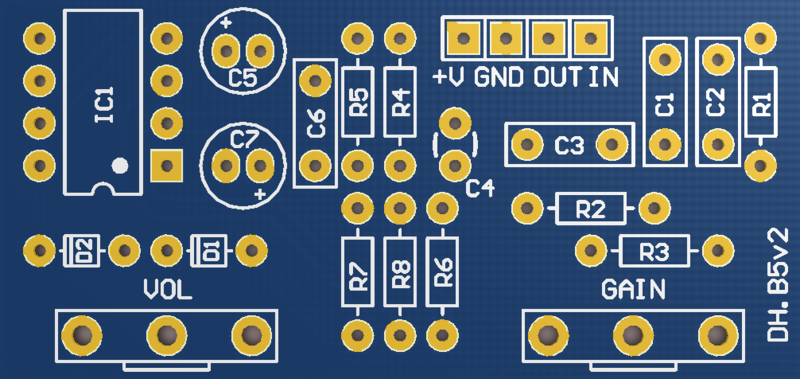

PCB SCHEMATIC

MODIFICATIONS
The original circuit uses two 1N270 germanium diodes. Replacing the diodes allows you to explore a range of distortion tones: germanium diodes (1N60, 1N270, or 1N34A) produce a softer, smoother distortion. Silicon diodes (1N914 or 1N4148) deliver a harder, more aggressive tone. LEDs create a fuzzier, crunchier sound. You can also experiment with different combinations, either symmetric or asymmetric clipping.
Germanium diodes typically have a lower output volume, you can raise the output level by mounting two diodes in series.
GENERAL DESCRIPTION OF COMPONENTS
Resistors
Resistors don't have polarity, so you can place them in any direction. Determine their resistance value by using a multimeter or by reading the color bands.

Electrolytic capacitors
Electrolytic capacitors have their value and maximum voltage rating printed on the body. The negative pin is indicated by a white stripe along the can, and it also has a shorter leg. The longer leg is positive. Never exceed the maximum voltage rating. Ensure the capacitor's voltage rating is at least double that of your power supply (e.g., use an 18V capacitor for a 9V power supply).
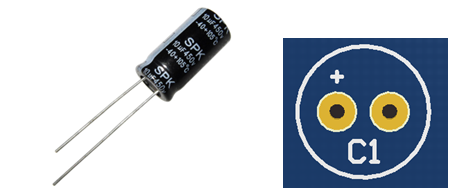
Polyester capacitors
Polyester capacitors don't have polarity and can be placed in any direction. Their value is marked using a three-number code. The first two numbers represent the first and second digits of the value, and the third number is the multiplier code (read in picofarads, pF).

Ceramic capacitors
Ceramic capacitors don't have polarity and can be placed in any direction. Their value is marked using a three-number code. The first two numbers represent the first and second digits of the value, and the third number is the multiplier code (read in picofarads, pF).
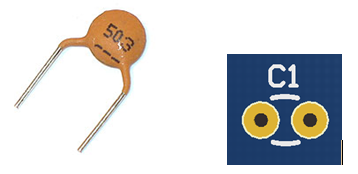
Integrated Circuits
Integrated Circuits (ICs) have their model number printed on them. A notch, a half-circle, or a small dot indicates the correct orientation on the PCB.

Diodes
Diodes have their model number printed on them. The polarity (cathode) is indicated by a stripe or ring near one end. This ring corresponds to the polarity marking on the PCB.
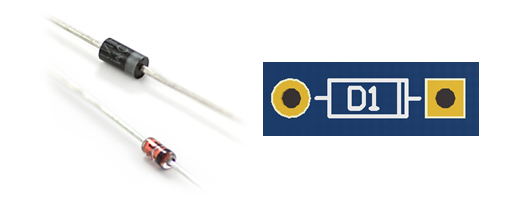
Led diodes
LEDs (Light Emitting Diodes) have polarity. The cathode is indicated by a flat edge on the side of the LED's plastic casing and a shorter leg. The longer leg is the anode. On the PCB, the cathode is marked with a flat side and the anode with a round side.

Potentiometers
Potentiometers have their resistance value marked on them. They are also marked with a letter to indicate their taper: A for logarithmic, B for linear, and C for reverse logarithmic.



